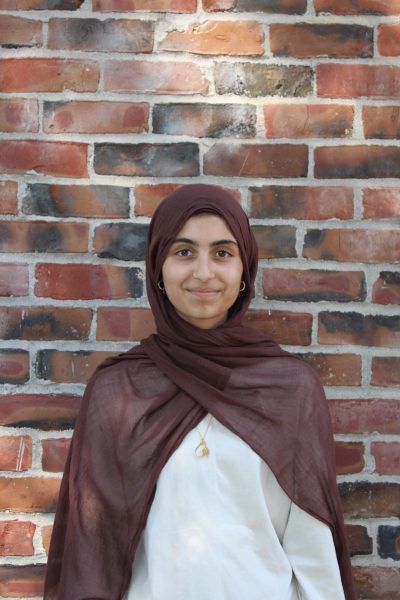Eid should be recognized by the school district
Eid-ul-Fitr is one of the only two holidays in Islam, and is a joyous celebration for Muslims around the world after a month of dawn-to-sunset fasting. Though Islam is one of the largest and fastest growing religions globally, Eid is still not an official holiday in the majority of school districts across the United States. So, what is stopping districts from implementing the holiday for their Muslim students?
In the event of a religious holiday such as Eid, students do have the option of taking the day off under religious observance. Despite this, students miss lessons in the process and are forced to catch-up on assignments in the following days. The nagging thought of having extra work can take away from some of the joy of the festivities. Khadija Masri, a student at Santa Clara High School, agrees.
“There’s a lot of stress I have to go through to make up my assignments just to attend a holiday with my family and my community,” Masri said.
Though not everyone believes that having to skip school is an issue for them, Muslim students across the Bay Area unanimously agree that Eid deserves to be an official school holiday nonetheless.
“It’s the same as Christmas is to Christians, so I don’t see why not,” Abdelrahman Essayem, a student at Wilcox High School, said.
As mentioned previously, the Muslim population in California is no small number. As of 2023, there are a quarter of a million Muslims in the six Bay Area counties alone. Thus, there is a large community that celebrates and values Eid, just as others value their religious holidays. This should be reason enough to recognize Eid in school districts, at least in the Bay Area. After all, winter break (which, by the way, was originally named Christmas break) allows for people celebrating Christmas, Hanukkah and other religious holidays to take their time to connect with family and friends. Why should Muslims not have the same opportunity? Even one day off to allow students to attend the congregational Eid prayer would be sufficient, and it would mean a lot to the Muslim students and teachers of the district. As for the rest of the school, who would not appreciate another break?
The day that Eid falls on is determined according to the Lunar calendar, which follows the moon’s orbit around Earth. Its orbit is roughly 11 days shorter than the earth’s orbit around the sun, so the date of Eid changes by 11 days each year. This hurdle is not unique to Islamic holidays; Easter and all Jewish holidays follow the Lunisolar calendar (based on both moon phases and the sun). Eid not having a fixed date is likely a deterrent to making it an official holiday, and poses a significant challenge in ensuring that students are granted a day off to celebrate.
However, an accommodation is not impossible; the San Francisco Unified School District recently decided to have Eid as a holiday. So have school districts in other states that are home to large populations of Muslims, like New York and Michigan.
Some may argue that if Eid was recognized and made a day off of school, then every religious holiday deserves the same, and the school and work year would be significantly shorter. It is true; People who celebrate non-Christmas holidays, such as Yom Kippur, Vaisakhi and All Saints Day, to name a few, are faced with the same problem. One possible solution, at least for students, is what is known as an optional holiday, a day where assigned work is ungraded in the event of a religious holiday. This removes the stress of catching up with work, allowing the student to enjoy their holiday guilt free. Luckily for the Muslim community, Eid falls on a weekend this year.
It is becoming more and more important to consider the diversity of religious beliefs and practices in our society, especially for school districts that are now striving for inclusivity and understanding. There is a need for ongoing discussions and efforts towards accommodating religious diversity in schools and workplaces, and Eid is a prevalent example.













